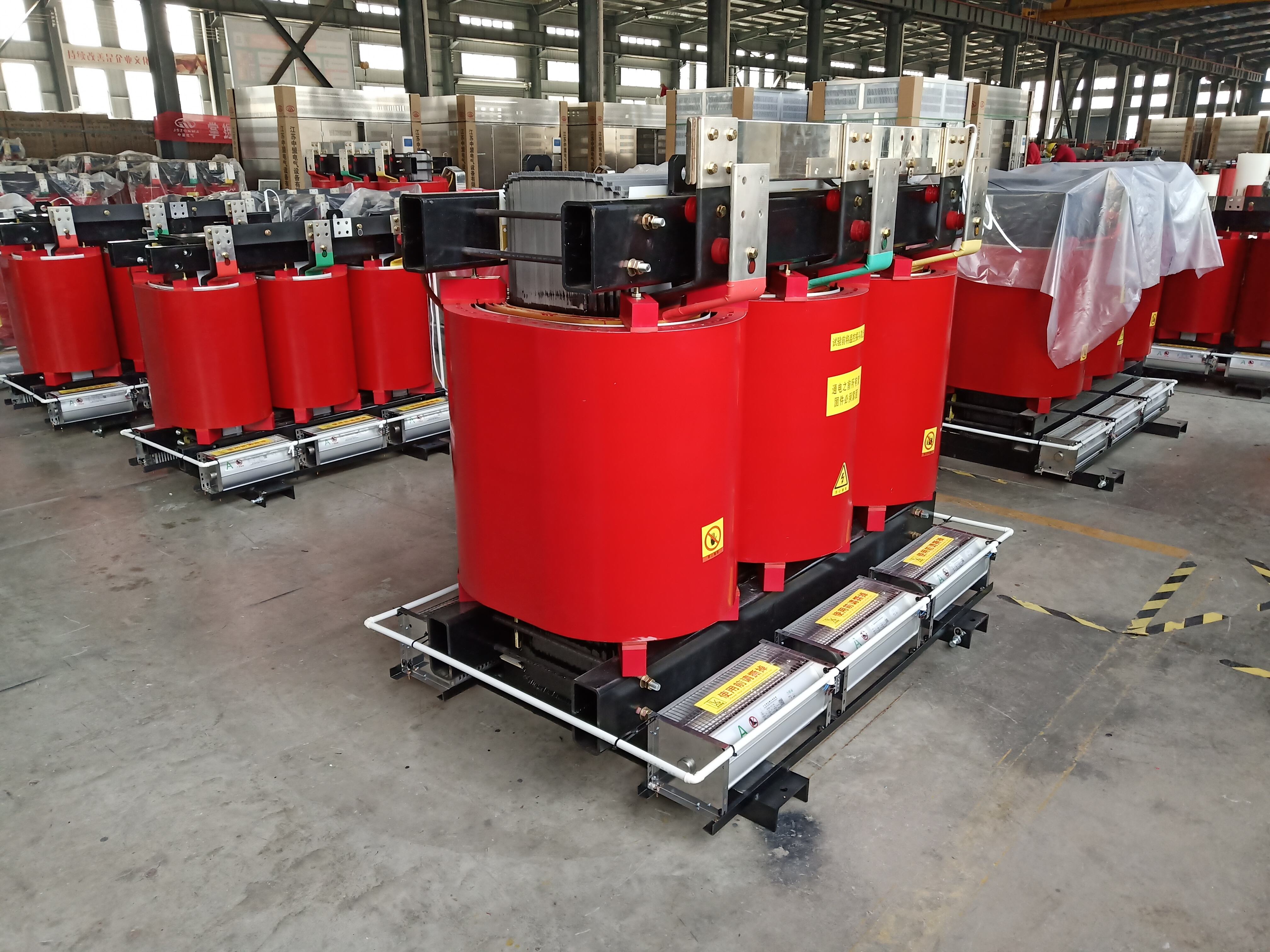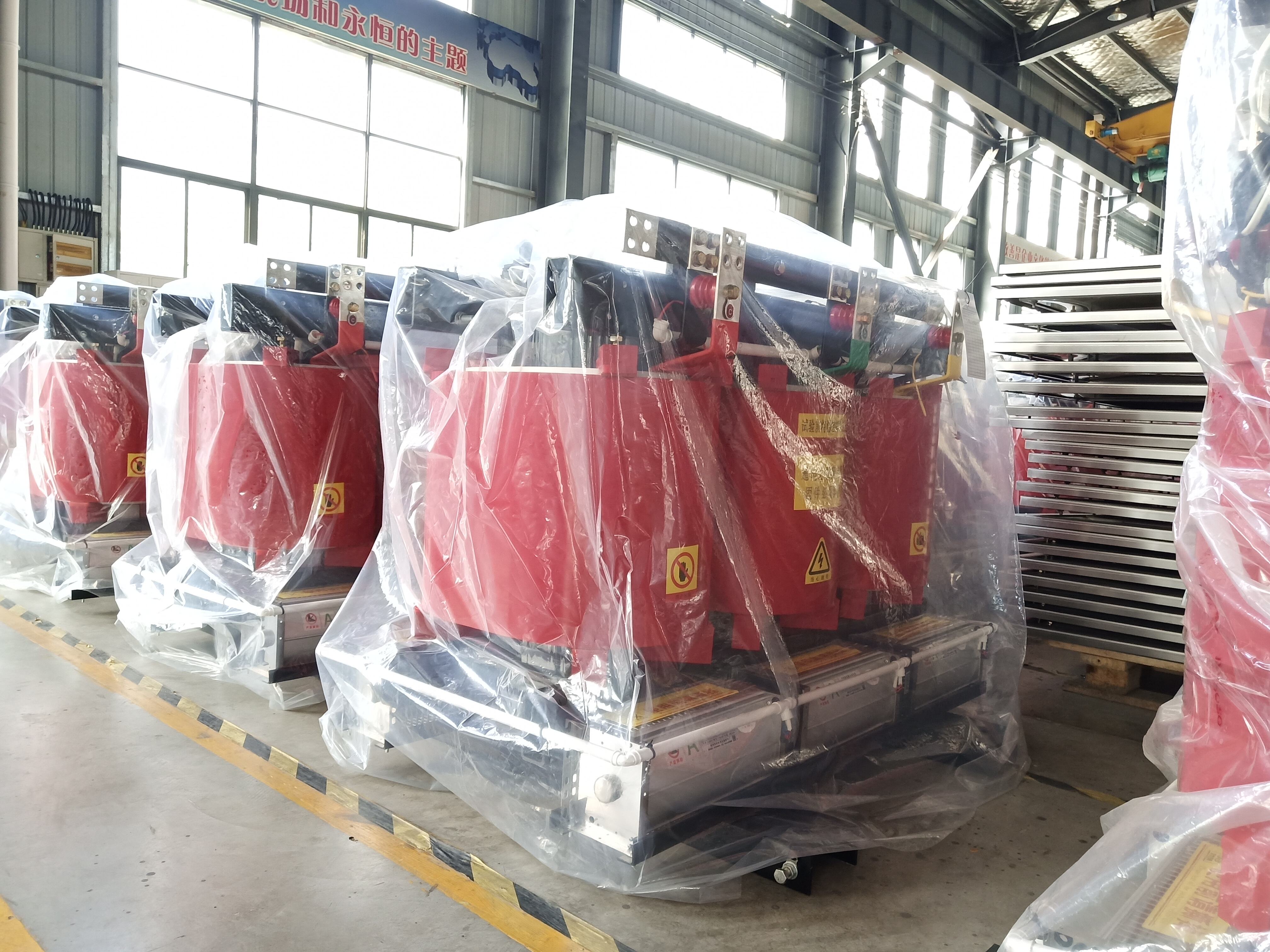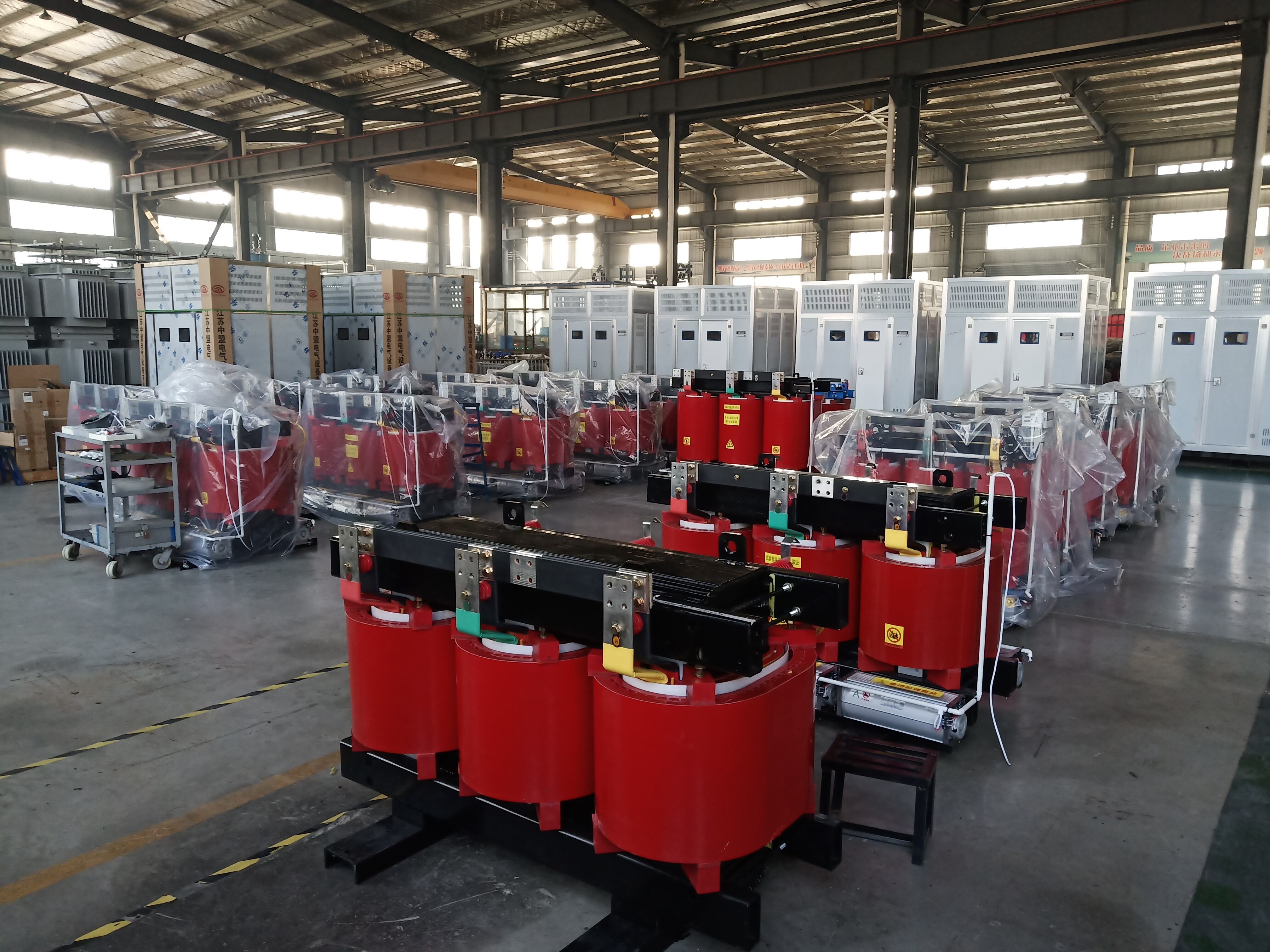station transformer in substation
A station transformer in substation serves as a critical component in power distribution systems, functioning as the primary interface between high voltage transmission lines and lower voltage distribution networks. This essential equipment is designed to efficiently step down incoming high voltage power to more manageable levels suitable for local distribution. The transformer incorporates advanced cooling systems, typically using oil or air cooling methods, to maintain optimal operating temperatures during continuous operation. Modern station transformers are equipped with sophisticated monitoring systems that provide real-time data on various parameters including temperature, oil level, and load conditions. The core technology utilizes electromagnetic induction principles with high-grade silicon steel laminations to minimize energy losses. These transformers are built with robust mechanical structures to withstand thermal and electromagnetic stresses, featuring multiple tap changers for voltage regulation and protective devices such as Buchholz relays and pressure relief valves. Their design typically incorporates redundant systems for enhanced reliability and includes advanced insulation systems to ensure long-term operational stability. Station transformers play a vital role in maintaining power quality and ensuring consistent voltage levels throughout the distribution network, making them indispensable in modern electrical infrastructure.


